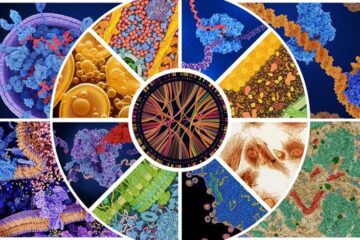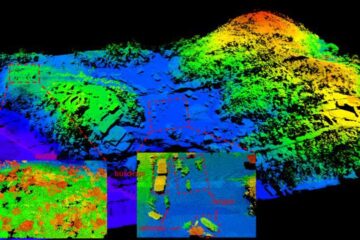Maths aids mayonnaise production

The subject of ‘gas bubbles in liquids’ has many applications in industry. Examples include separating oil from water in the oil industry, how ink drops behave in printers and the manufacture of products in the food industry, such as mayonnaise. ‘This subject of course also applies to natural processes such as rainfall and boiling water,’ PhD student Jok Tang adds.
Experiments
Industry benefits from knowing how a current with bubbles behaves. This knowledge enables production processes to be improved. Until now, in spite of ever more powerful computers, it has proved difficult to calculate the behaviour of currents with bubbles properly. Computers required too much time to solve the corresponding mathematical equations.
To gain insight into current behaviour, scientists generally conduct small-scale experiments. ‘But,’ Tang says, ‘these experiments are expensive and difficult to perform.’
Quick
‘We believe that our method will be adopted by industry in the not too distant future. Not just because the need for this method becomes greater when calculating larger-scale problems, but mainly because it is quicker and cheaper than the methods used now,’ Tang explains.
Tang, who has been studying for his PhD in the research group headed by Prof. Kees Vuik, won two prizes with his research earlier this year: the Student Prize at the 9th International Symposium on Iterative Methods in Scientific Computing (IMACS) in Lille and the best poster prize at Burgers Day 2008 in Delft.
Media Contact
More Information:
http://www.tudelft.nlAll latest news from the category: Life Sciences and Chemistry
Articles and reports from the Life Sciences and chemistry area deal with applied and basic research into modern biology, chemistry and human medicine.
Valuable information can be found on a range of life sciences fields including bacteriology, biochemistry, bionics, bioinformatics, biophysics, biotechnology, genetics, geobotany, human biology, marine biology, microbiology, molecular biology, cellular biology, zoology, bioinorganic chemistry, microchemistry and environmental chemistry.
Newest articles

A universal framework for spatial biology
SpatialData is a freely accessible tool to unify and integrate data from different omics technologies accounting for spatial information, which can provide holistic insights into health and disease. Biological processes…

How complex biological processes arise
A $20 million grant from the U.S. National Science Foundation (NSF) will support the establishment and operation of the National Synthesis Center for Emergence in the Molecular and Cellular Sciences (NCEMS) at…

Airborne single-photon lidar system achieves high-resolution 3D imaging
Compact, low-power system opens doors for photon-efficient drone and satellite-based environmental monitoring and mapping. Researchers have developed a compact and lightweight single-photon airborne lidar system that can acquire high-resolution 3D…





















